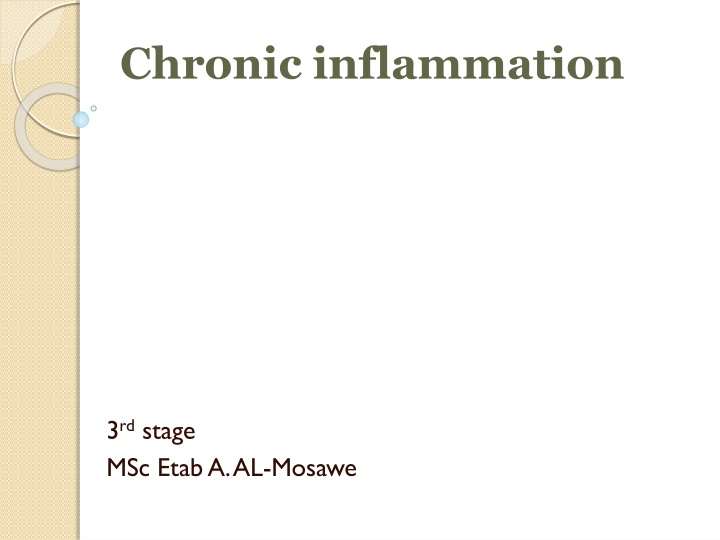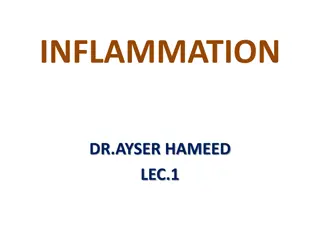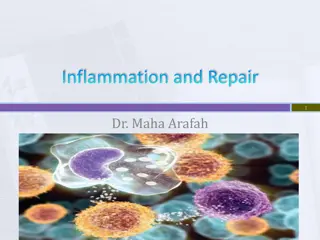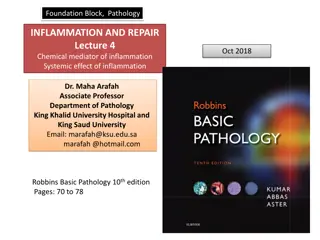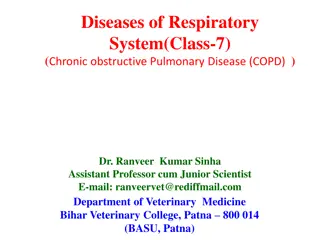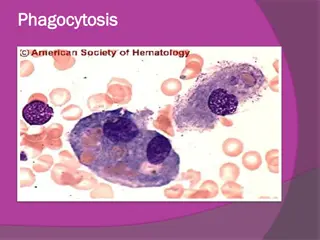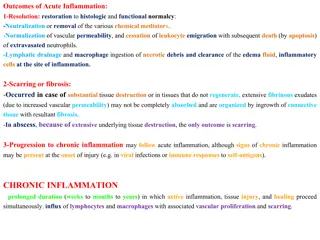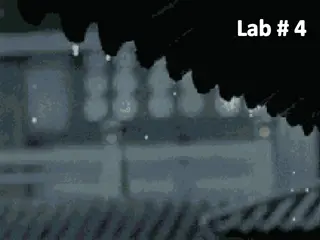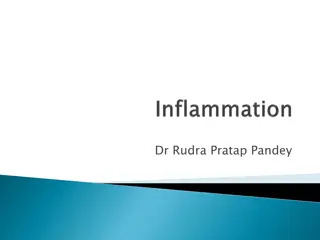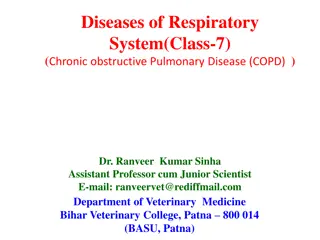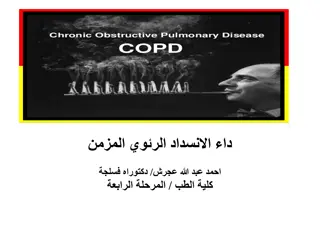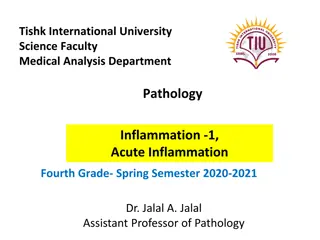Chronic inflammation
Tuberculous lymphadenitis is a chronic specific granulomatous inflammation characterized by tuberculous granulomas with caseation necrosis. This condition involves giant multinucleated cells, Langhans cells, surrounded by epithelioid cells, T-cell lymphocytes, and fibroblasts. The granulomas may also be caused by foreign bodies such as suture materials. Healing by connective tissue occurs as part of the repair process.
Uploaded on Feb 17, 2025 | 2 Views
Download Presentation

Please find below an Image/Link to download the presentation.
The content on the website is provided AS IS for your information and personal use only. It may not be sold, licensed, or shared on other websites without obtaining consent from the author.If you encounter any issues during the download, it is possible that the publisher has removed the file from their server.
You are allowed to download the files provided on this website for personal or commercial use, subject to the condition that they are used lawfully. All files are the property of their respective owners.
The content on the website is provided AS IS for your information and personal use only. It may not be sold, licensed, or shared on other websites without obtaining consent from the author.
E N D
Presentation Transcript
Chronic inflammation 3rdstage MSc EtabA. AL-Mosawe
Tuberculous lymphadenitis is a chronic specific granulomatous inflammation with caseation necrosis. The characteristic morphological element is the tuberculous granuloma (caseating tubercule) : giant multinucleated cells (Langhans cells), surrounded by epithelioid cells aggregates, T cell lymphocytes and few fibroblasts.
1. Tuberculous granuloma. Multinucleated giant cell (mature - Langhans type) : 50 - 100 microns, numerous small nuclei (over 20) disposed at the periphery of the cell (crown or horseshoe), abundant eosinophilic cytoplasm. It results when activated macrophages merge. Epithelioid cells are activated macrophages resembling epithelial cells : elongated, with finely granular, pale eosinophilic (pink) cytoplasm and central, ovoid nucleus. They have indistinct shape contour and form aggregates. At the periphery are the lymphocytes (T cells) and rare plasma cells and fibroblasts. Caseous necrosis is a central area, amorphous, finely granular, eosinophilic (pink). If recent, it may contain nuclear fragments. The caseum is the result of giant cells and epithelioid cells destruction.
1. Pulmonary tuberculosis. Tuberculous granuloma is localized in the pulmonary interstitium, compressing the surrounding alveoli and destroing the parenchyma. (Hematoxylin-eosin, ob. x4) (For detailed histological description of granuloma.
1.Tuberculous granuloma in the pulmonary interstitium.
Tuberculous granuloma in the pulmonary interstitium.
12. Microscopically, foreign body granuloma to suture material (nylon, silk) contains multinucleated giant cells, with haphazardly arranged nuclei. These giant cells are fused macrophages. The foreign body is birefringent, and sometimes may be visible by polarized light in the middle of the granuloma or inside the giant cells. These granulomas are non-necrotic.
12. Healing (repair) by connective tissue has the granulation tissue as a hallmark. It consists of new capillaries (result of proliferation of endothelial cells - angiogenesis or neovascularization) in an edematous atmosphere of fibroblasts (spindle shaped), myofibroblasts, mononuclear inflammatory cells, macrophages, neutrophils, cellular debris. (Hematoxylin-eosin, ob. x10)
12.Pulmonary vein completely obliterated by a thrombus with organization. The thrombus was replaced by an immature granulation tissue, rich in newly formed capillaries, fibroblasts, collagen and reduced inflammatory infiltrate. (Hematoxylin-eosin, ob. x4)
